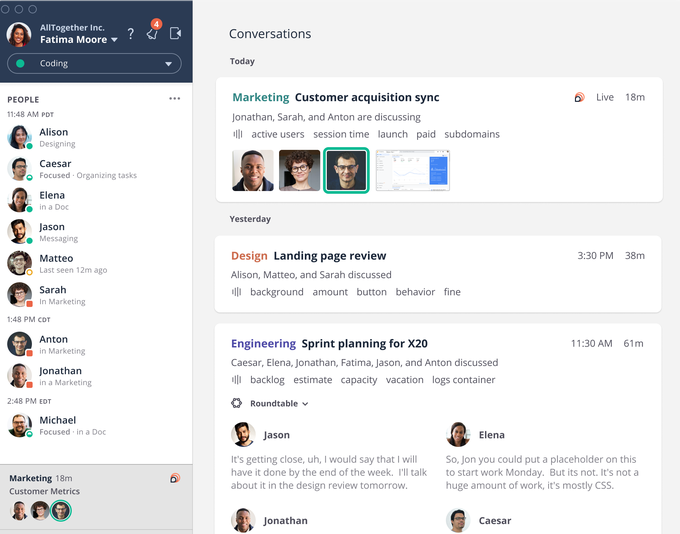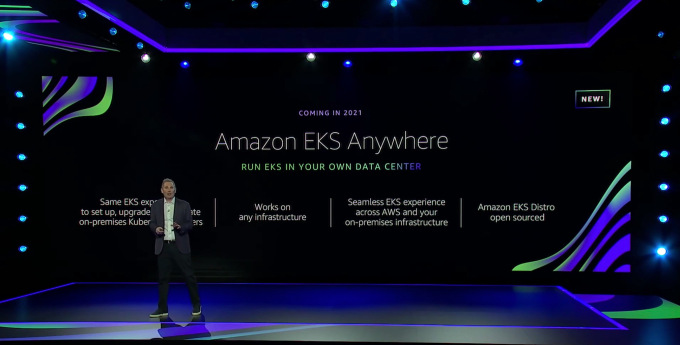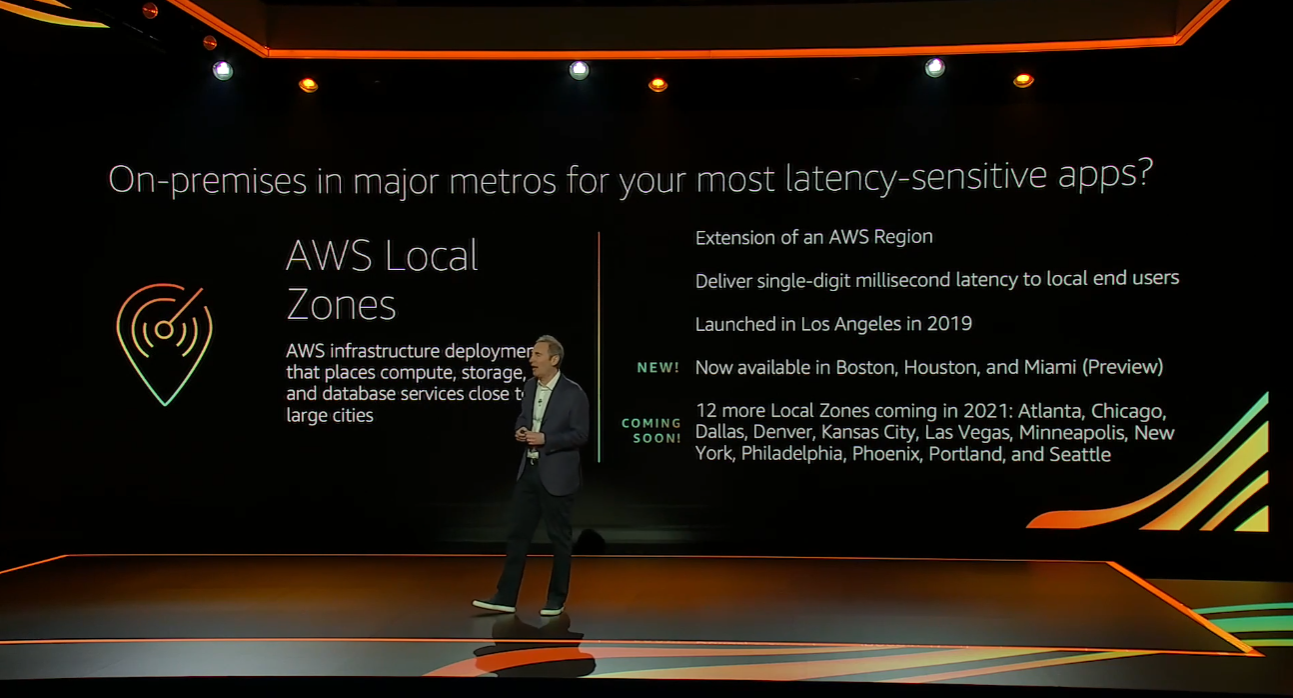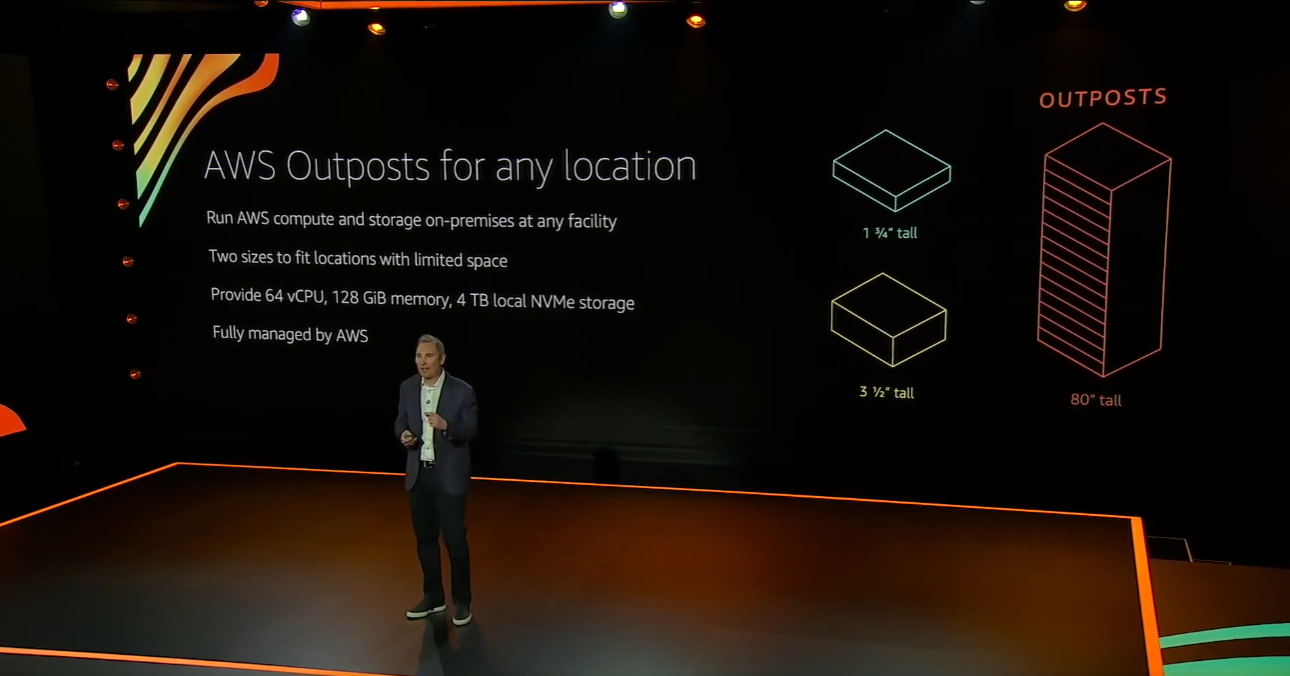Databand raises $14.5M led by Accel for its data pipeline observability tools
DevOps continues to get a lot of attention as a wave of companies develop more sophisticated tools to help developers manage increasingly complex architectures and workloads. In the latest development, Databand — an AI-based observability platform for data pipelines, specifically to detect when something is going wrong with a datasource when an engineer is using a disparate set of data management tools — has closed a round of $14.5 million.
Josh Benamram, the CEO who co-founded the company with Victor Shafran and Evgeny Shulman, said that Databand plans include more hiring; to continue adding customers for its existing product; to expand the library of tools that it’s providing to users to cover an ever-increasing landscape of DevOps software, where it is a big supporter of open-source resources; as well as to invest in the next steps of its own commercial product. That will include more remediation once problems are identified: that is, in addition to identifying issues, engineers will be able to start automatically fixing them, too.
The Series A is being led by Accel with participation from Blumberg Capital, Lerer Hippeau, Ubiquity Ventures, Differential Ventures and Bessemer Venture Partners. Blumberg led the company’s seed round in 2018. It has now raised around $18.5 million and is not disclosing valuation.
The problem that Databand is solving is one that is getting more urgent and problematic by the day (as evidenced by this exponential yearly rise in zettabytes of data globally). And as data workloads continue to grow in size and use, they continue to become ever more complex.
On top of that, today there are a wide range of applications and platforms that a typical organization will use to manage source material, storage, usage and so on. That means when there are glitches in any one data source, it can be a challenge to identify where and what the issue can be. Doing so manually can be time-consuming, if not impossible.
“Our users were in a constant battle with ETL (extract transform load) logic,” said Benamram, who spoke to me from New York (the company is based both there and in Tel Aviv, and also has developers and operations in Kiev). “Users didn’t know how to organize their tools and systems to produce reliable data products.”
It is really hard to focus attention on failures, he said, when engineers are balancing analytics dashboards, how machine models are performing, and other demands on their time; and that’s before considering when and if a data supplier might have changed an API at some point, which might also throw the data source completely off.
And if you’ve ever been on the receiving end of that data, you know how frustrating (and perhaps more seriously, disastrous) bad data can be. Benamram said that it’s not uncommon for engineers to completely miss anomalies and for them to only have been brought to their attention by “CEO’s looking at their dashboards and suddenly thinking something is off.” Not a great scenario.
Databand’s approach is to use big data to better handle big data: it crunches various pieces of information, including pipeline metadata like logs, runtime info and data profiles, along with information from Airflow, Spark, Snowflake and other sources, and puts the resulting data into a single platform, to give engineers a single view of what’s happening and better see where bottlenecks or anomalies are appearing, and why.
There are a number of other companies building data observability tools — Splunk perhaps is one of the most obvious, but also smaller players like Thundra and Rivery. These companies might step further into the area that Databand has identified and is fixing, but for now Databand’s focus specifically on identifying and helping engineers fix anomalies has given it a strong profile and position.
Accel partner Seth Pierrepont said that Databand came to the VC’s attention in perhaps the best way it could: Accel needed a solution like it for its own internal work.
“Data pipeline observability is a challenge that our internal data team at Accel was struggling with. Even at our relatively small scale, we were having issues with the reliability of our data outputs on a weekly basis, and our team found Databand as a solution,” he said. “As companies in all industries seek to become more data driven, Databand delivers an essential product that ensures the reliable delivery of high-quality data for businesses. Josh, Victor and Evgeny have a wealth of experience in this area, and we’ve been impressed with their thoughtful and open approach to helping data engineers better manage their data pipelines with Databand.”
The company is also used by data teams from large Fortune 500 enterprises to smaller startups.
![]()






